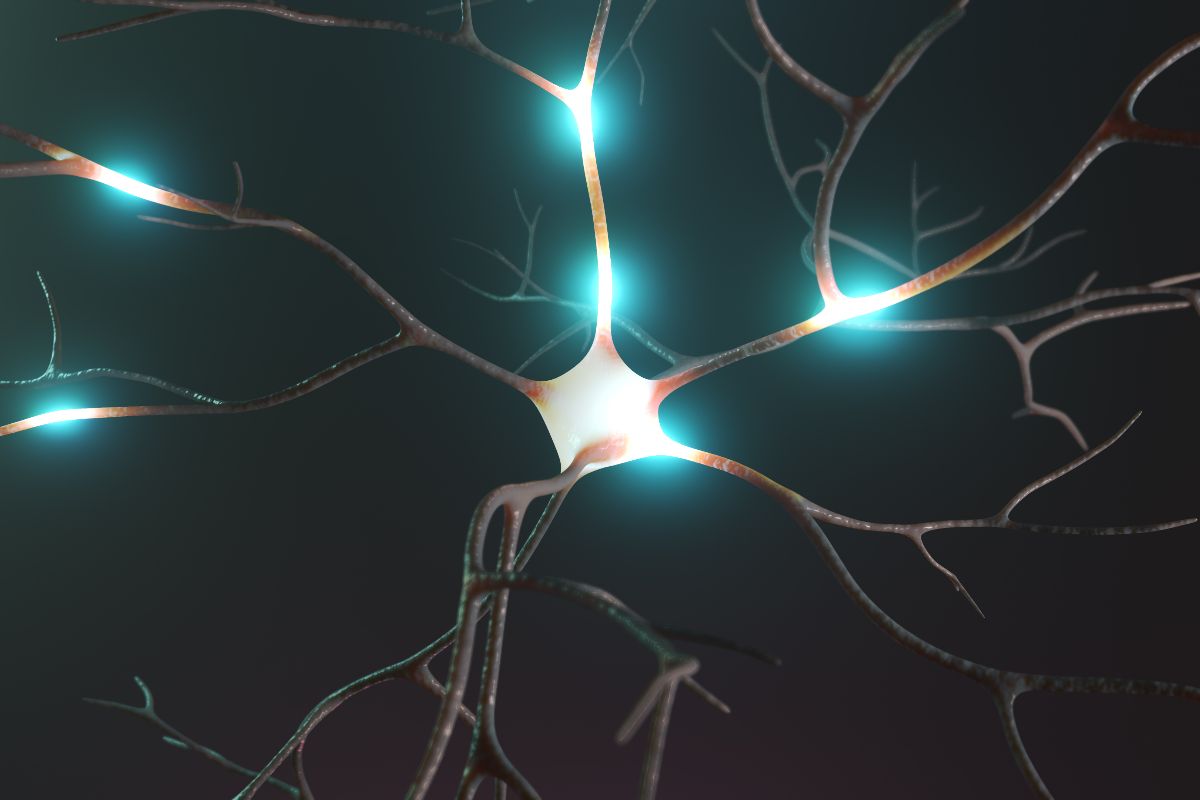
Artificial Intelligence (AI) and Machine Learning (ML) have become buzzwords in recent years, but what do they mean, and how are they changing how we live and work? Jane Buckingham explores the exciting world of AI and ML, breaking down the basics, sharing real-world applications, and explaining how these technologies are transforming various industries.
Understanding AI And ML
AI is like a brain for computers, enabling them to think, learn, and make decisions, just like humans. ML, on the other hand, is a subset of AI that focuses on teaching machines to learn from data and improve their performance over time. Think of AI as the big picture and ML as one of its key components.
AI In Everyday Life
AI has already made its way into our daily lives, often without us even realizing it. For example, when you use your smartphone’s virtual assistant like Siri or Google Assistant, you interact with AI. Thanks to AI’s natural language processing capabilities, these digital helpers can answer questions, set reminders, and even play your favorite songs. Moreover, AI is behind the recommendations you receive on streaming platforms like Netflix and the personalized ads you see on social media. These platforms use ML algorithms to analyze your viewing habits and preferences to suggest content you might enjoy or relevant ads.
The Benefits of Artificial Intelligence In Healthcare
One of the most promising applications of AI is in healthcare. AI-powered tools can assist doctors in diagnosing diseases, predicting patient outcomes, and even discovering new drugs. For instance, AI algorithms can analyze medical images like X-rays and MRIs to detect abnormalities, enabling early intervention and potentially saving lives. Additionally, AI-driven chatbots and virtual health assistants can provide patients with quick answers to medical questions, reducing the burden on healthcare providers and improving access to healthcare information.
How AI and ML Have Changed How People Learn
AI has also entered the world of education, transforming how students learn and teachers instruct. With AI-powered educational software, students can receive personalized lesson plans and instant assignment feedback. These tools adapt to each student’s learning style and pace, making education more effective and engaging. AI can also help educators by automating administrative tasks, such as grading assignments and tracking attendance, allowing teachers to focus more on teaching and less on paperwork.
The Business Use of AI
Businesses are leveraging AI to gain a competitive edge and improve their operations. AI-driven analytics tools can process vast amounts of data to uncover valuable insights, helping companies make informed decisions and better understand customer behavior. Chatbots and virtual assistants also enhance customer service by providing instant responses to inquiries and streamlining support processes. Additionally, AI is revolutionizing supply chain management, optimizing inventory levels, and predicting demand patterns.
AI Revolutionizing Transportation
Transportation is another field where AI is making a significant impact. Self-driving cars, for example, rely on AI algorithms to navigate and make split-second decisions on the road. These vehicles can potentially reduce accidents and traffic congestion while providing greater mobility for individuals with disabilities. AI is also used in public transportation systems to improve scheduling, monitor vehicle maintenance, and enhance efficiency.
How AI Is Used In Entertainment
Another key area where AI is making waves is in the entertainment industry. Jane Buckingham points out that AI-driven technologies transform how we create, consume, and interact with entertainment content. For example, AI algorithms create special effects and animations in movies, making them more realistic and visually stunning. Furthermore, AI-generated content, such as artwork and music, is also gaining traction, blurring the lines between human and machine creativity.
The Ethics of AI and ML
While AI and ML bring many benefits, they also raise ethical concerns—the importance of ensuring that these technologies are used responsibly and without bias. Algorithms can inherit biases in the data they are trained on, leading to unfair outcomes in hiring, lending, and criminal justice areas. To address these issues, organizations and researchers are working to develop ethical AI guidelines and tools for auditing algorithms for fairness and transparency.
The Future Of Artificial Intelligence And Machine Learning
The future of AI and ML is incredibly promising. We can expect even more innovative applications across various industries as technology advances. For instance, AI-powered robots may become commonplace in manufacturing and delivery, while ML algorithms could revolutionize drug discovery and climate modeling. Furthermore, AI is expected to be crucial in addressing global challenges like climate change, disease outbreaks, and food security. Its ability to analyze vast datasets and identify patterns can help researchers and policymakers make more informed decisions.
Final Thoughts
AI and ML are transforming various industries such as healthcare, education, business, transportation, and entertainment. These technologies have the potential to enhance our lives and address global challenges. However, it is crucial to prioritize ethical considerations in AI development to ensure fairness and transparency. By embracing AI and ML responsibly, we can create a future that is more efficient, innovative, and inclusive.









